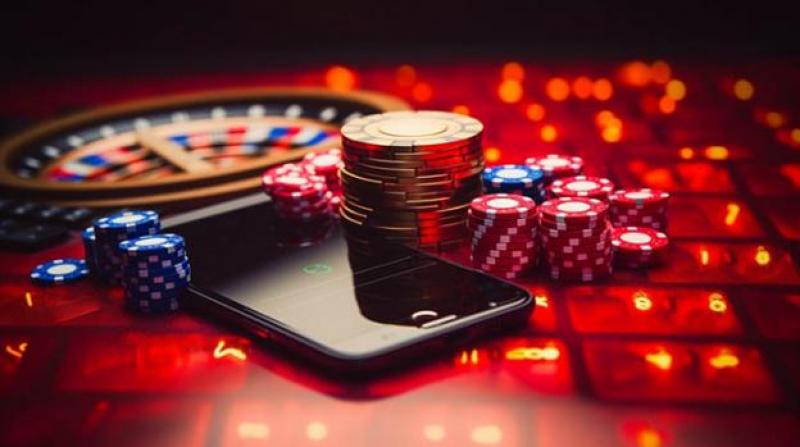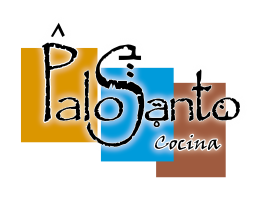
Feel the Rhythm of Life: A Journey Through Music and Movement
Rhythm is an intrinsic part of our existence, resonating through the beats of our hearts and the tempo of our lives. It influences our moods, connects us with others, and offers a unique way to express ourselves. In this exploration, we will dive into the essence of rhythm, its cultural significance, and how it permeates various facets of life. Whether it is through the beat of a drum, the sway of a dancer, or the pulse of our daily routines, Feel the Rhythm of the Reels and Win Your Way betanderas.com provides an insightful look at the roles rhythm plays.
The Science of Rhythm
Rhythm is not just an abstract concept; it has scientific roots. The human brain is wired to recognize patterns, and music is one of the most powerful mediums for this phenomenon. Studies show that rhythm activates areas of the brain responsible for movement, language, and emotional processing. This explains why certain songs can evoke deep emotional responses or why we find ourselves tapping our feet or nodding our heads automatically to a catchy beat.
Neuroscientists have discovered that our brain waves can synchronize with rhythmic auditory stimuli, creating a connection between our mental states and external rhythmic patterns. This synchronization can enhance cognitive functions and even affect our mood, making rhythm a vital component of our psychological makeup.
Rhythm in Different Cultures
Across the globe, rhythm manifests in diverse ways, reflecting the cultural heritage of different communities. In African cultures, rhythm forms the backbone of social interaction and traditions. Drumming, for example, is not only a form of expression but also a means of communication. In Latin America, genres like salsa and samba incorporate intricate rhythms that invite participation and celebration.
Similarly, in Asia, traditional music often emphasizes rhythm through instruments like the tabla in India or the taiko drums in Japan. Each culture’s unique interpretation of rhythm contributes to the global tapestry of music, showcasing the beautiful variety and shared experiences of humanity.
Rhythm and Dance: A Symbiotic Relationship

Dance is often considered the physical expression of rhythm. Every step, gesture, and movement embodies the tempo and pulse of the music. From ballet to hip-hop, every dance form interprets rhythm in unique ways, emphasizing different aspects of the music.
Dance allows individuals to connect with the rhythm on a physical level, fostering a sense of unity and expression. Group dances, such as line dances or folk dances, build community and create bonds among participants. These shared experiences highlight the power of rhythm not just as an individual experience but as a collective journey.
Rhythm in Everyday Life
Beyond music and dance, rhythm permeates our daily lives. The routines we establish, whether it’s waking up to an alarm clock, commuting to work, or participating in fitness classes, all operate on rhythmic patterns. The concept of breath is inherently rhythmic, representing the cycle of life itself.
Mindfulness practices, such as meditation and yoga, often emphasize the rhythm of our breath, allowing us to connect deeper with our minds and bodies. Similarly, the rhythmic nature of exercise, be it running, cycling, or swimming, helps to enhance physical performance and mental clarity.
Creating Your Own Rhythm
In a world filled with the noise of daily life, creating your own rhythm can be empowering. Engaging in activities that resonate with you—be it playing a musical instrument, dancing, or even creating visual art—allows you to cultivate your rhythm and express your individuality.
Moreover, being intentional about incorporating music and movement into your routine can elevate your mindset. Listening to uplifting music while working out, attending dance classes, or even just dancing in your living room can drastically improve your mood and well-being. It’s about finding what rhythm speaks to you, what makes your heart sing, and allowing that to guide you.
Conclusion: Embrace the Rhythm of Life
In conclusion, rhythm is not merely a characteristic of music or dance but a fundamental aspect of our lives. Embracing it can lead to richer experiences, deeper connections, and a heightened sense of self-awareness. Whether you’re tapping your foot to a catchy song, dancing at a festival, or simply observing the rhythms of nature, understand that you are participating in a universal language. Feel the rhythm of life, and let it guide you in your journey of expression and connection.
